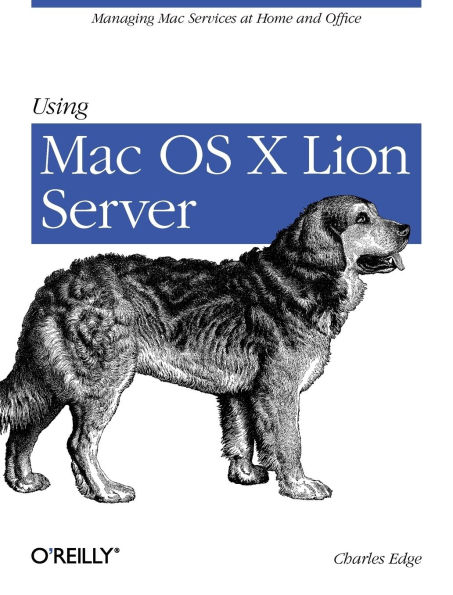If you’re considering a Mac OS X server for your small business, school, nonprofit, or home network, this easy-to-follow guide will help you get up and running in no time. You’ll learn how to share files, mail, and calendar information on your desktops, iPads, iPhones, and other devices, whether you’re new to Mac OS X servers or need to update your skills for the Lion edition.
Discover how to configure your network to include multiple operating systems—including Mac, iOS, and Windows—and set up servers for wikis, websites, and podcasts with relative ease.
- Plan your installation to make sure you have the right server hardware
- Control data access with permissions, and use Apple’s Time Machine to back up your network
- Share contacts, schedules, and instant messaging with groupware
- Manage wikis, blogs, and websites with Lion’s web service
- Build an email server and protect it against spam and malware
- Handle preferences for the network’s Apple computers and iOS devices
- Deploy new Apple computers to the network with disk imaging



